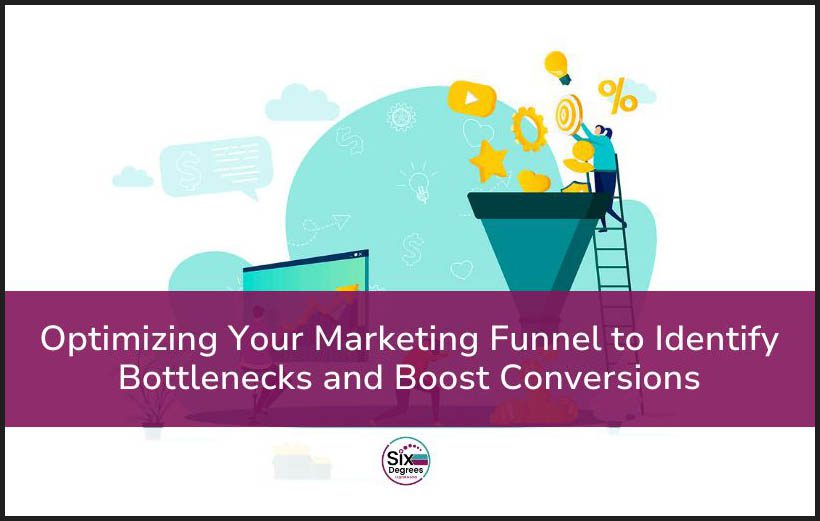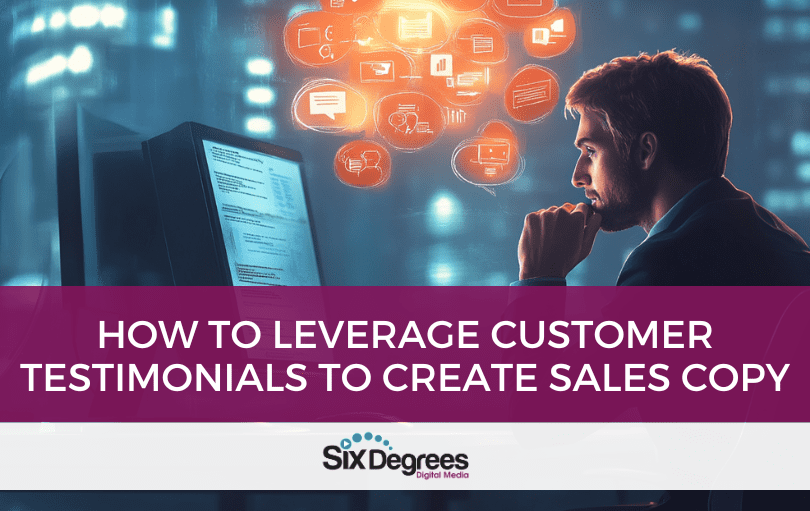
The world of marketing is oversaturated with information on how to find the perfect target market for your business. You may know their age range, marital status, and income level. You cater to their interests, where they spend their time online, even what lingo they’re using and yet your efforts still aren’t converting the way that you had hoped. What could be wrong? You certainly have a lot of information about your avatar, but what do they know about you? Are they even aware of the issues your product or service is trying to solve?
In his book Breakthrough Advertising, Eugene Schwartz details 5 levels of customer awareness that breaks down your target market into different sections based off the information that they need to know. For instance, let’s say a local plant nursery has begun selling potting soil that is incredible at helping to prevent root rot in indoor plants. They can outline all the benefits and create an attractive offer, but it’s not going to be enticing to someone who has no idea what root rot is. Why would I buy a solution to a problem I’m not aware of? On the other hand, if I’m an experienced plant owner, I don’t need you to run me through the basics, I need you to tell me exactly how your product outshines the competition.
So, what are the 5 levels of audience awareness and what kinds of information do they need from you?
Unaware
These customers have no idea that a problem even exists. If you’ve ever met someone with a finnicky piece of technology and their response is “it just does that sometimes”, that’s the kind of person who falls into this category. They aren’t primed to look for something better, because they assume that that’s just the way things are. They are less likely to be interested in your pitch and need a lot of overall information before you can even bring up your product or service. They will be the most difficult to sell to and you should save them for last as long as you have prospects in the other categories.
Problem Aware
Continuing down the funnel, we find the customers who know something is wrong or at least are looking for improvement. They’ve realized after killing five plants that maybe they’re doing something wrong. They’re Googling “how to keep my plants alive” because they know something is wrong, but don’t know how to fix it. Meet them where they are with discussions about symptoms rather than immediately trying to sell them on your solution.
Solution Aware
Now we’re picking up steam. These customers have finished their Googling. They may even be aware of several different ways to solve their problem (whether or not those solutions are valid and actually helpful is another story altogether). But these customers don’t know about your solution. Perhaps your product or service is new to the market and not well-known. Maybe the general solution is known, but the customer has never heard of you, your methods, or how you’re a great fit for them. You don’t need to tell them why their problem needs to be solved; you just need to show them that you can solve it.
Product Aware
These customers are primed leads. They know what they need, they know that you offer it, and now they just need to know why you’re their best choice. A lot of big brands with established products spend all their time in this arena, which can lead smaller businesses to think they should follow suit. However, these smaller or newer companies simply don’t have the level of awareness to find the same amount of success here as the others. Don’t fall for that trap. The previous levels may take more effort or a different approach, but they’re a great way to build a loyal customer base. After all, if you’re the first to solve a problem I have just started learning about, I may not have any reason to look elsewhere in the future.
Most Aware
This is where the funnel leads- your customers. They have purchased from you before and will likely purchase from you again depending on the nature of your product or service. They are happy with what you have to offer. A great benefit outside of the obvious here is that they may bring awareness to others via word of mouth. What’s better than a loyal customer telling their friends “Oh, I had a problem like that. I know exactly what/who you need.” And referring them to you? You want to be sure you are keeping these customers happy!
When creating your messages for these different audiences, it is helpful to lay out a framework by answering some simple questions. Is the problem you solve a common one? Is your solution unique? Is your brand established? The more awareness that already exists within your target market, the less footwork you’ll need to do in those areas (although don’t abandon them entirely).
In fact, if you’re reading this, you’re aware that you need to improve your marketing strategy and you know that we provide solutions. So why not schedule a free Strategy Session with us today and we can help you reach your goals.





